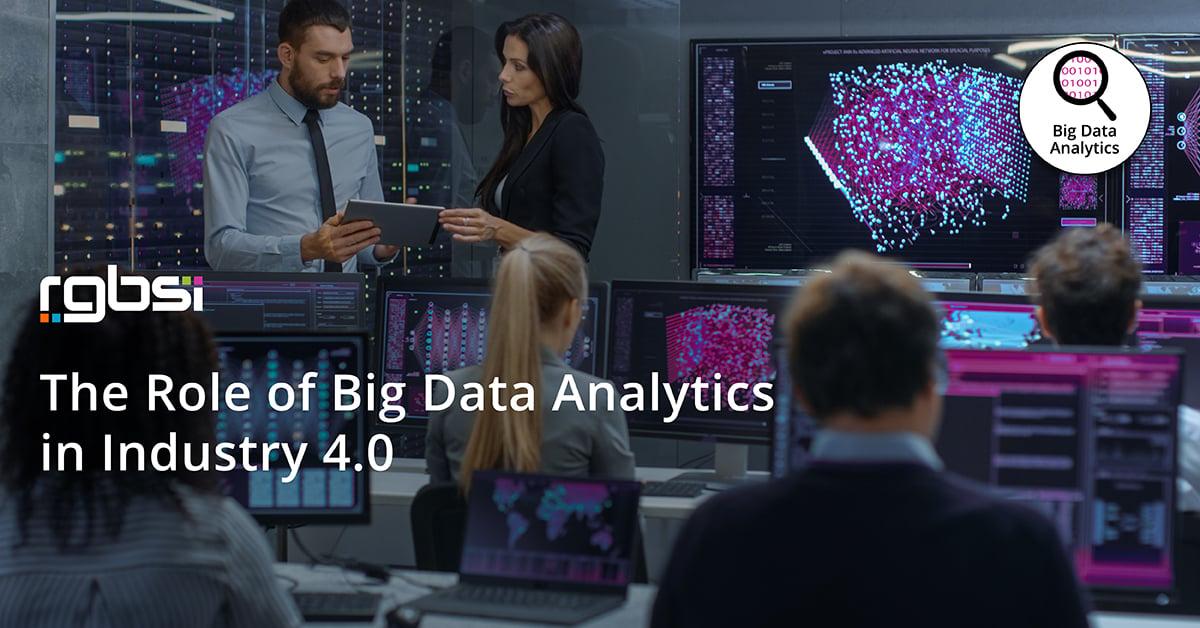Big Data has become a buzzword in the technology industry, and for good reason. With the exponential growth of data in recent years, businesses and organizations have the opportunity to gain valuable insights and make more informed decisions. This article will explore the concept of Big Data, its impact on various sectors, and the open source software that drives its success.
To understand Big Data, we must first grasp its three defining characteristics: volume, velocity, and variety. Volume refers to the vast amount of data generated each day through various sources such as social media, online transactions, and IoT devices. Velocity relates to the speed at which data is generated and processed, requiring real-time analytics. Lastly, variety encompasses the different types of data, including structured, semi-structured, and unstructured data.
The open source software ecosystem plays a crucial role in handling and analyzing Big Data. One of the most popular tools is Apache Hadoop, an open source framework that enables distributed processing of large datasets across clusters of computers. Hadoop offers scalability, fault tolerance, and cost-effectiveness, making it a top choice for many organizations.
Another open source technology that goes hand in hand with Big Data is Apache Spark. Spark is a fast and general-purpose cluster computing system that provides an interface for programming entire clusters with implicit data parallelism and fault tolerance. It offers a wide range of libraries for machine learning, graph processing, and stream processing, making it a versatile tool for Big Data analytics.
In addition to Hadoop and Spark, there are several other open source software options available for Big Data processing, including Apache Flink, Apache Cassandra, and Elasticsearch. These tools provide various capabilities like real-time stream processing, distributed database management, and scalable search and analytics.
The impact of Big Data can be felt across multiple sectors, including healthcare, finance, retail, and transportation. In healthcare, for example, Big Data analytics can improve patient outcomes by analyzing large volumes of medical records and identifying patterns and trends. In finance, Big Data can be used for risk assessment, fraud detection, and algorithmic trading. Similarly, in retail, it can aid in personalized marketing and inventory management.
As businesses continue to realize the value of Big Data, it is essential to have a compr...






